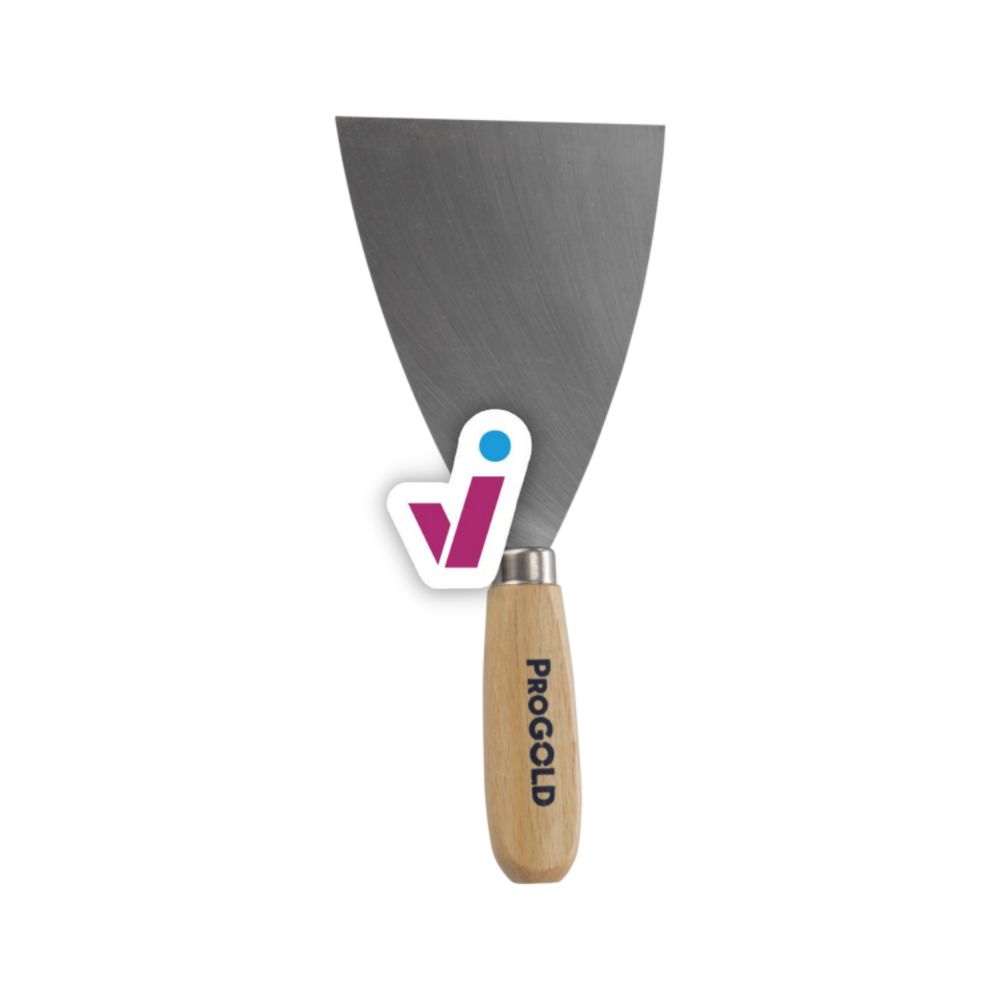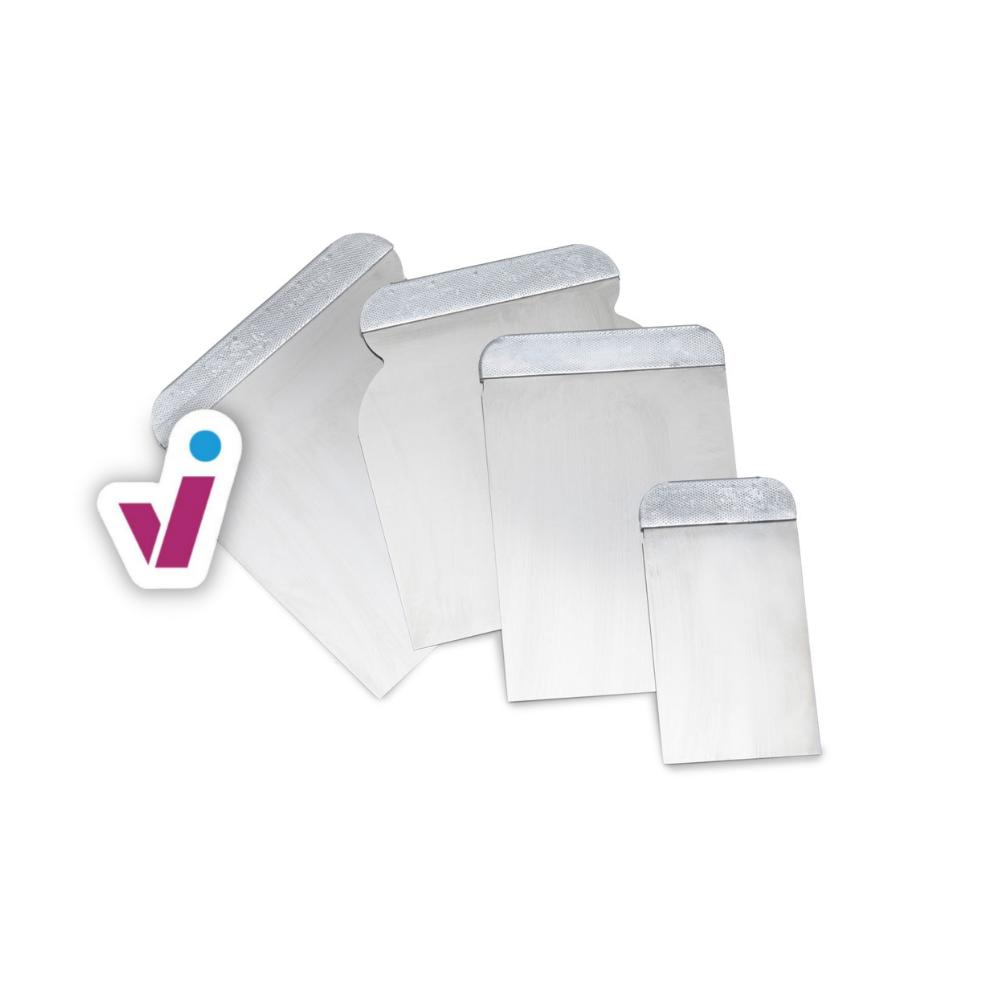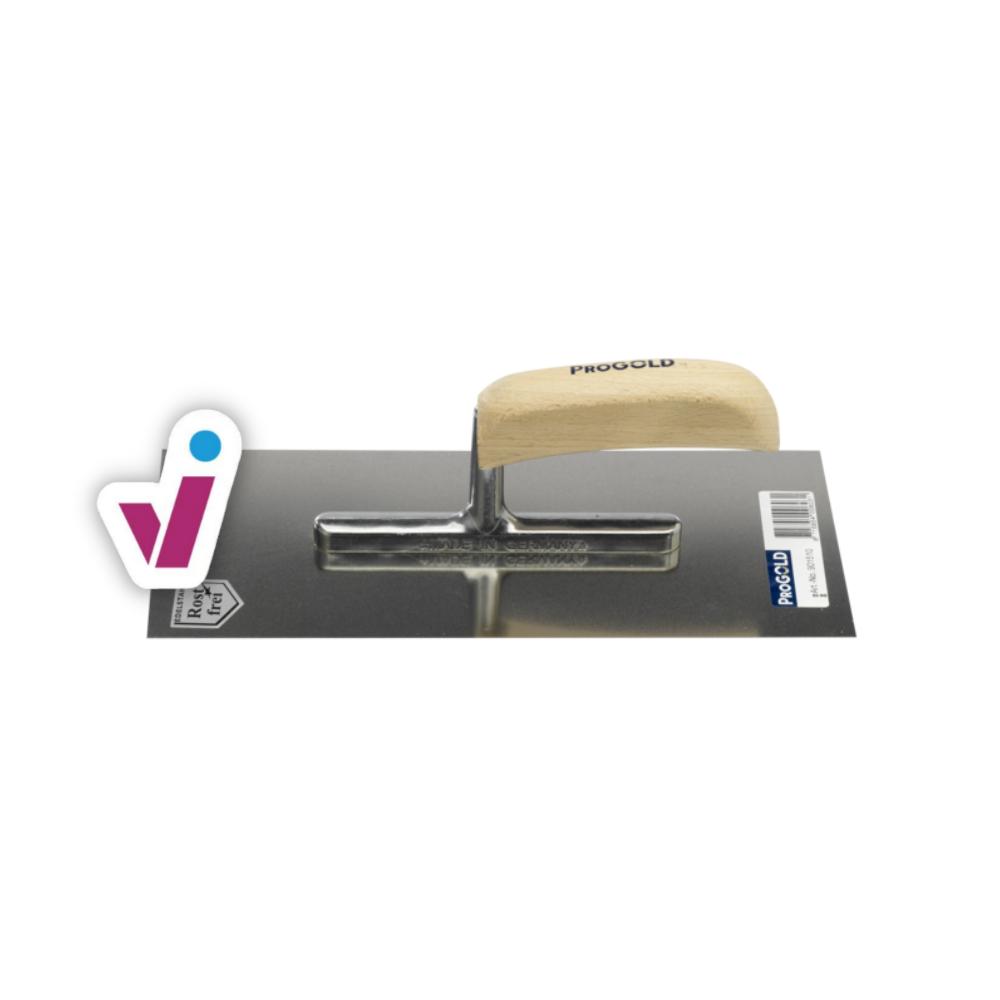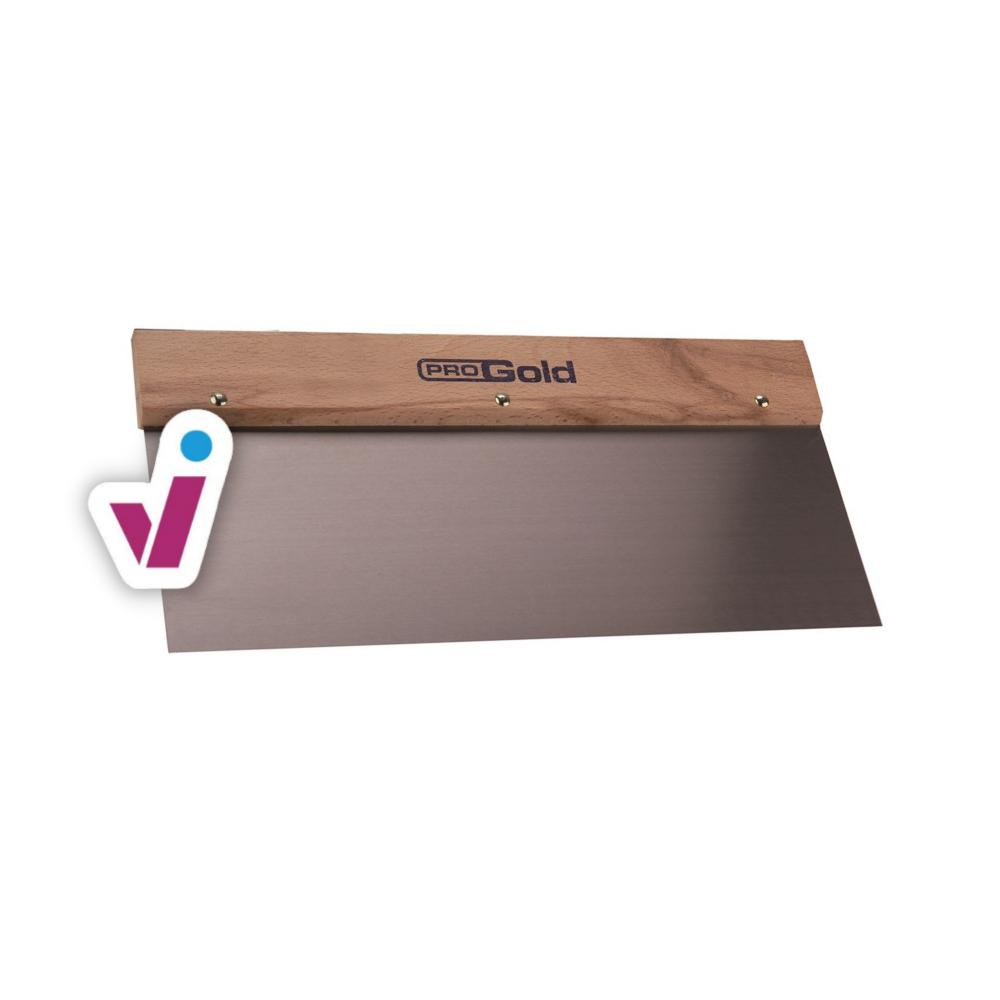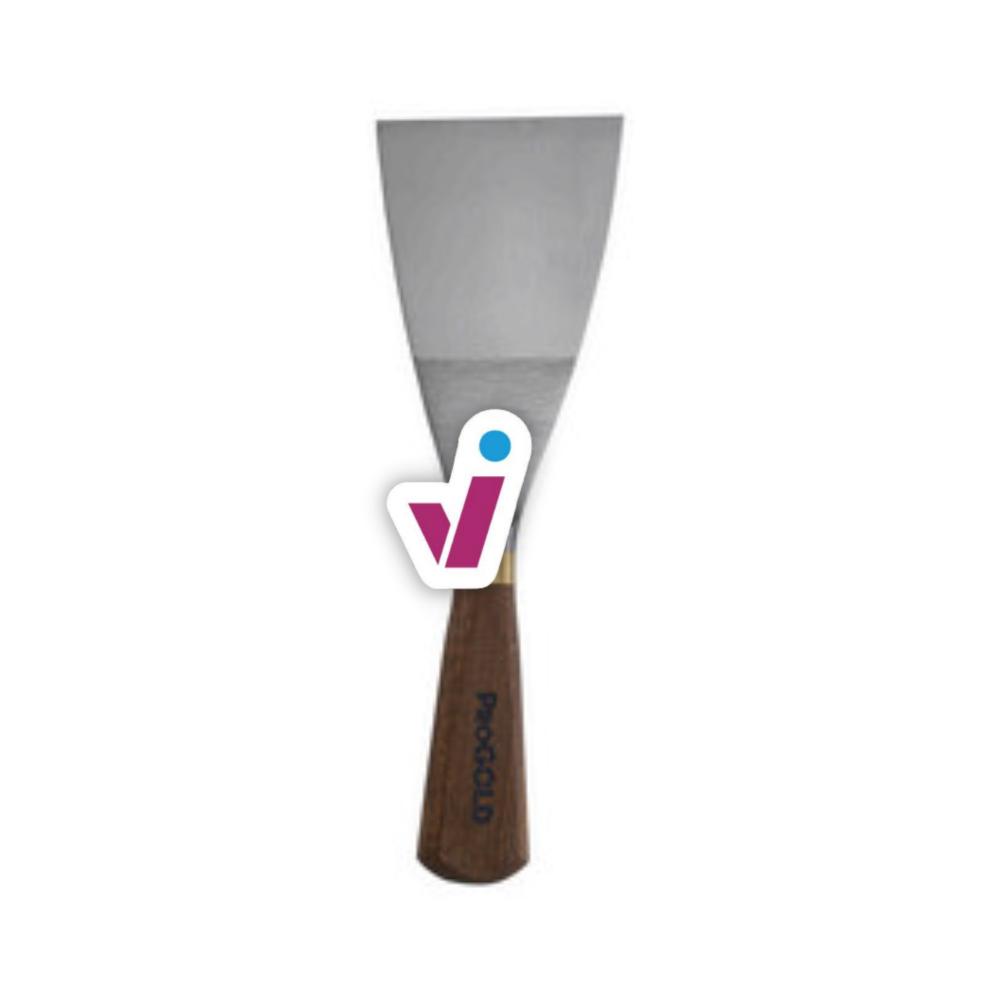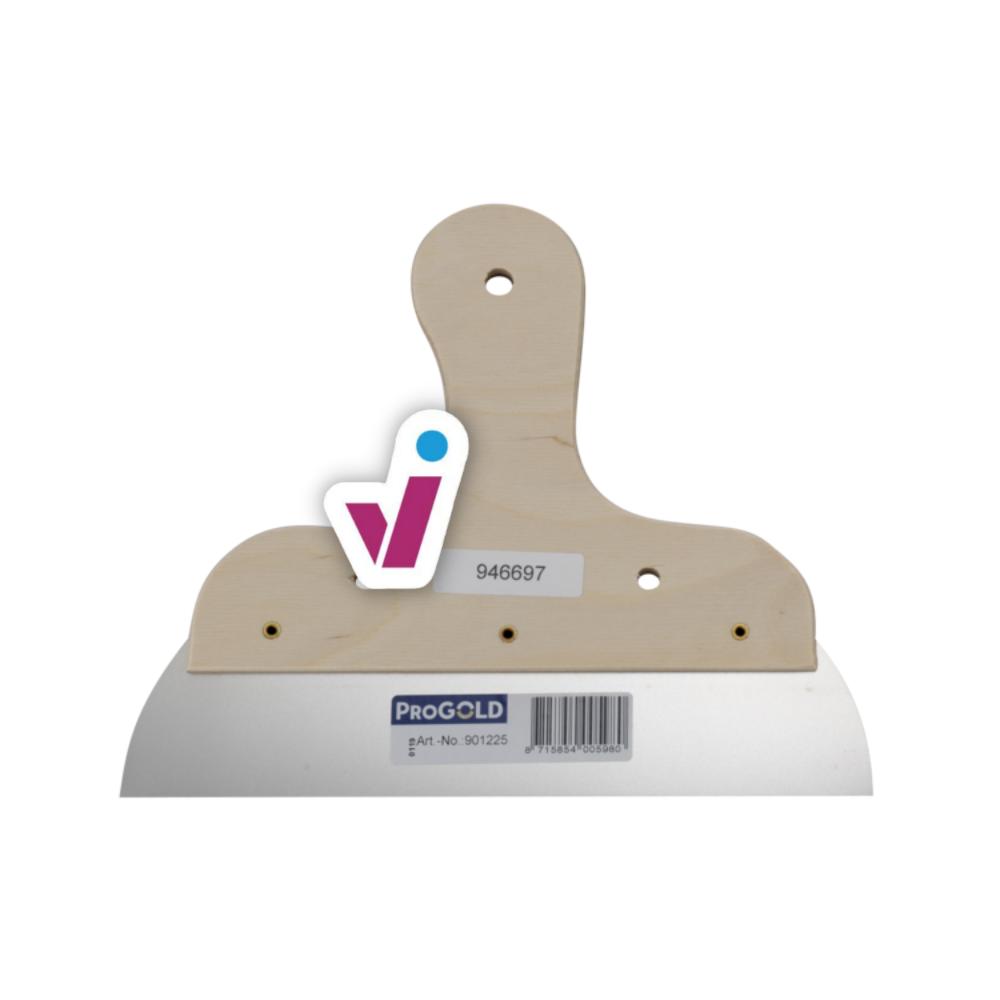Putty knives
Looking for reliable high-quality putty knives? In our range, you will find the best equipment for any job, from fine finishing to coarser repairs.
Putty knives: the basis for a tight finish
When painting or repairing, a good putty knife is indispensable. Whether you are a beginner or an experienced DIYer, here you will discover all about putty knives and make the right choice.
What width putty knife do you need?
The width of a putty knife depends on your job:
- Narrow blades (2-5 cm): Ideal for small repairs, such as filling holes or smoothing corners.
- Wide blades (10-15 cm): Perfect for levelling larger surfaces such as walls.
- Extra-wide blades (20 cm or more): Useful for professionals who want to tackle large areas quickly.
What is the use of a putty knife?
A putty knife is an all-rounder in your toolbox. Use it to:
- Fill holes and cracks: Apply putty or filler evenly.
- Remove old paint residues: Scrape gently to clean the surface.
- Repair wood rot: Work with putty and get a smooth result.
How do you use a putty knife?
- Step 1: Choose a blade that suits your job (narrow for precision, wide for speed).
- Step 2: Hold the knife firmly with a slight angle to the surface.
- Step 3: Apply putty and smooth in one smooth motion.
What is a scraper?
- Removing stubborn paint residues.
- Cleaning slots and joints.
- Detailed scraping.
Which putty knife do you choose?
- Putty knife (English): A classic putty knife with a flexible blade and firm grip. Versatile for both small and medium-sized jobs.
- Japanese putty knives: A set of several knives of different widths. These flexible, thin knives are perfect for detail work and small repairs. Thanks to the lightweight design, you work very precisely.
- Door putty knife: This extra-wide knife (up to 25 cm) is specially designed to putty large surfaces such as doors quickly and evenly. Perfect for those looking for efficiency on large jobs.
- Scraper (German): Suitable for stubborn paint residues, joint cleaning and precision work. The sturdy blade and sharp edge make it ideal for scraping and scratching.
- Levelling spatula: ideal for spreading levelling compound or filler over larger areas, such as floors and walls. The flexible blade ensures smooth and even results.
- Spray plaster knife: specially developed for levelling spray plaster layers on walls and ceilings. With its extra-wide blade, you get a smooth finish in less time.
| Type of Putty Knife | Ideal For | Advantages | Popular Width(s) |
|---|---|---|---|
| English Putty Knife | General use, small to medium tasks | Versatile and user-friendly | 8-12 cm |
| Japanese Putty Knives | Detail work, small repairs | Set of flexible knives | 5-15 cm |
| Door Putty Knife | Large surfaces like doors | Extra wide and efficient | 20-25 cm |
| Rigid Scraper | Stubborn paint, cleaning joints | Strong and precise | 5-8 cm |
| Leveling Spatula | Leveling walls and floors | Flexible blade for smooth results | 25-35 cm |
| Spray Plaster Knife | Walls and ceilings with spray plaster | Wide blade for quick finishing | 30-50 cm |
💡 You may also find these categories interesting:


